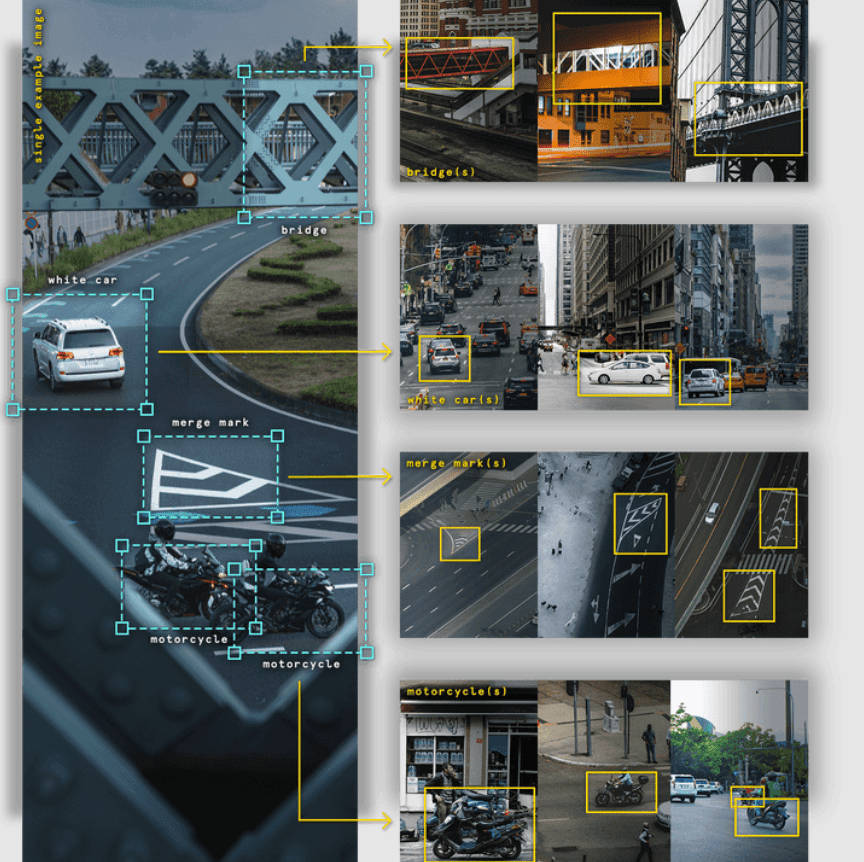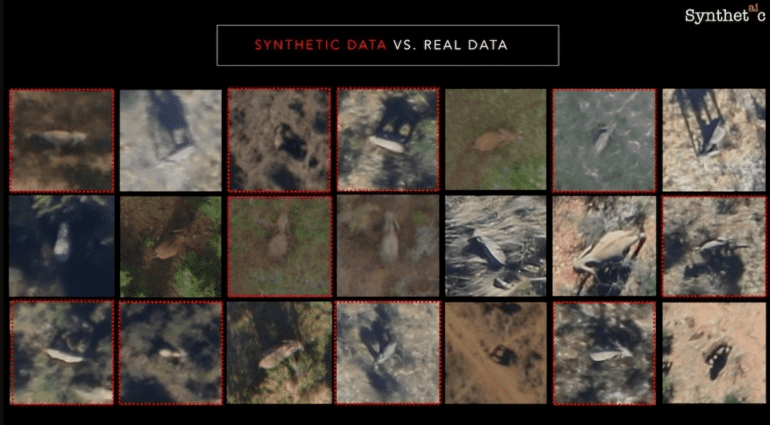TL;DR:
- Synthetaic showcases the potential of synthetic data in AI by tracing the origin of a Chinese balloon using satellite imagery.
- The company secures $15 million in funding for its Series B round, bringing its total funding to $32.5 million.
- Synthetaic’s CEO, Corey Jaskolski, emphasizes the growing demand for AI solutions to manage and analyze the vast amount of image data being generated.
- The company’s Rapid Automatic Image Categorization (RAIC) tool automates data analysis, eliminating the need for manual annotation.
- Other companies, such as Synthesis AI and Scale AI, are also exploring synthetic data for AI model training.
- Gartner predicts that 60% of data used in AI projects will be synthetically generated by 2024.
- Concerns exist about biases in synthetic data, but Synthetaic’s customers remain undeterred.
- Synthetaic has collaborated with the U.S. Air Force and The Nature Conservancy on AI-powered projects.
- Corey Jaskolski envisions diverse applications for RAIC, from AI prototyping to content moderation.
Main AI News:
In the world of AI, Synthetaic has emerged as a formidable player, demonstrating that synthetic data can rival the real deal. Remember the incident involving the enigmatic Chinese balloon back in 2023? If not, here’s a quick recap: a high-altitude balloon from China traversed American airspace, evading detection until the U.S. Air Force finally intercepted and downed it. The origin of this balloon remained a mystery until AI firms like Synthetaic stepped in, using satellite imagery to trace its source.
This intriguing episode served as an impressive product showcase for Synthetaic, catching the eye of investors, including defense giant Booz Allen Hamilton. In a recent Series B funding round, Synthetaic secured an impressive $15 million in investments, co-led by Lupa Systems and TitletownTech. This brings Synthetaic’s total funding to a substantial $32.5 million. The newfound capital will be dedicated to accelerating the commercialization of their cutting-edge computer vision technology and expanding their workforce to 80 employees by year’s end, according to CEO Corey Jaskolski.
As Jaskolski aptly puts it, “The amount of image data generated is growing exponentially, underscoring the increasing demand for advanced AI solutions to manage and analyze this vast trove of information.” Industries such as defense, geospatial, video security, and drone-based monitoring are grappling with the challenge of deriving insights from colossal datasets. Synthetaic, with its AI solutions in unsupervised learning and data analysis, stands at the forefront, ready to navigate this evolving tech landscape.
But what compelled someone like Jaskolski, known for his adventurous spirit and daring exploits, to establish Synthetaic? The answer is surprisingly straightforward. He recognized that AI’s potential to categorize and analyze the world’s information was hindered by the laborious task of manually annotating data. “Human labeling is the norm for AI training,” Jaskolski explained. “As AI models grow in complexity, they require more data for training, but obtaining sufficient human-labeled data has always been a challenge.”
Enter Synthetaic, founded in 2019, offers a game-changing tool known as Rapid Automatic Image Categorization (RAIC). This revolutionary technology automates the analysis of extensive datasets, particularly satellite imagery and video, without the need for manual labels. While many AI models rely on human annotators to label data, RAIC leverages synthetic data with auto-generated labels to train models.
In the case of the elusive Chinese balloon, Synthetaic’s platform used no more than a rudimentary sketch and recent satellite images to pinpoint its location. “RAIC allows us to handle limited or complex datasets, accelerating AI development and enhancing predictive modeling without the constraints of data quantity or quality,” Jaskolski emphasized. This positions RAIC as a strategic asset, fostering innovation, operational efficiency, and competitive advantage, particularly in scenarios where data acts as a bottleneck to AI adoption and implementation.
Synthetaic isn’t alone in exploring the realm of synthetic data for model training. Synthesis AI, which secured $17 million in funding in April 2022, is developing a platform to generate synthetic data for various AI systems. Additionally, Scale AI launched a program enabling machine learning engineers to enrich real-world datasets with synthetic samples. Meanwhile, companies like Parallel Domain specialize in creating synthetic data tailored for specific use cases, such as autonomous driving.
According to Gartner’s projections, by 2024, a staggering 60% of data used in AI and analytics projects will be synthetically generated. However, as the industry charges ahead, concerns about the drawbacks and potential hazards of synthetic data persist. A study from January 2020 by Arizona State University researchers highlighted how an AI system trained on a dataset of images of professors ended up creating realistic but predominantly white and male faces, exacerbating the biases present in the original data.
Despite these concerns, Synthetaic’s customers remain undeterred by the risks. The company has collaborated with the U.S. Air Force to test AI-powered object detection in geospatial data and partnered with The Nature Conservancy to identify bird species previously thought to be extinct. Additionally, Synthetaic holds a contract with AFWERX, the Air Force research lab, to develop technology for object labeling, AI modeling, and object detection in satellite-captured images.
Jaskolski envisions a wide range of applications for RAIC, from AI prototyping to drone-based monitoring and content moderation. With successful projects like analyzing war images from Gaza with CNN and collaborating with Planet Labs to provide analytics on Earth imaging data, Synthetaic remains resilient in the face of industry fluctuations and broader economic challenges.
In Jaskolski’s words, “Synthetaic’s technology offers a transformative approach to AI model training and creation, addressing the critical needs of technical decision-makers. For C-suite managers, Synthetaic’s RAIC means being able to handle scarce or complex data sets, accelerating AI development, and improving predictive modeling without the constraints of data quantity or quality. This positions RAIC as a strategic asset for driving innovation, operational efficiency, and competitive advantage, particularly in use cases where data is a bottleneck to AI adoption and implementation.”

Source: Synthetaic
Conclusion:
Synthetaic’s success in securing funding and its innovative use of synthetic data highlights the growing significance of AI solutions in managing and analyzing the ever-expanding volume of image data. This trend reflects a broader market shift towards leveraging AI for data-driven insights, with companies like Synthetaic at the forefront of this transformative wave.

